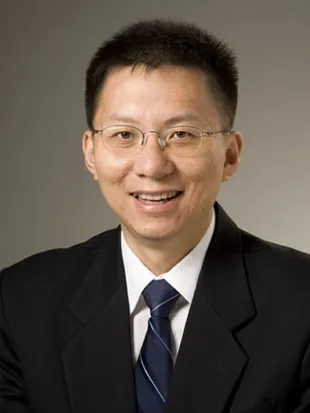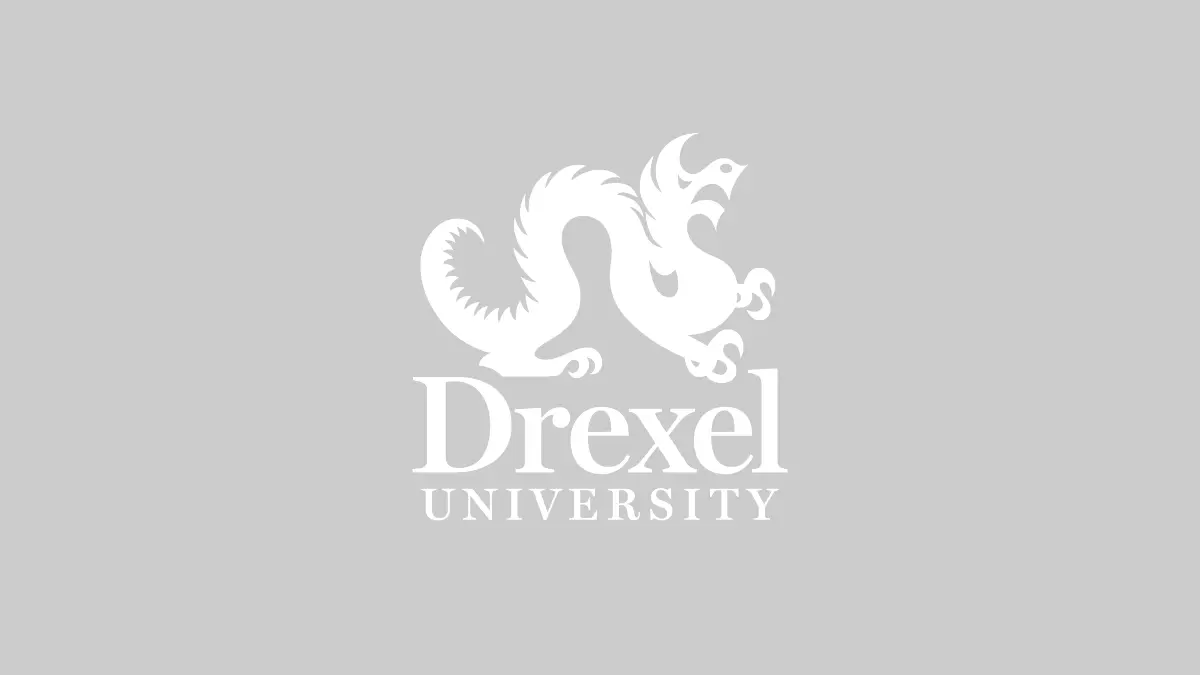
The VC–CEO Dynamic and its Effect on Risk Tolerance in New Ventures
A paper co-authored by two assistant professors within Drexel LeBow’s Management Department, H. Dennis Park, PhD and Daniel Tzabbar, PhD, explores how the mutual dependence between venture capitalists (VCs) and new venture CEOs affects the innovation novelty of new ventures at different stages of the venture.
Park and Tzabbar find that VCs tend to encourage their investees to pursue risky and novel innovations in the early stage of a new venture, but discourage them from doing so in the late stage – where they may be sitting on a profit they don’t want to risk losing.
Furthermore, pressure to pursue riskier and more novel innovations can be tied to a specific type of CEO – those who hold a higher degree of structural or expert power.
“Structurally powerful CEOs are in a position to intensify the positive effect of VC funding on innovation novelty in the early stage of a venture,” Park and Tzabbar explain. “Typically what happens is, for these companies with very powerful CEOs – the ones that hold a bunch of titles such as CEO, chairman, etc. – tend to push their agenda more as compared to CEOs with fewer titles and less power. And when they have more structure of power, they tend to push for greater risk taking. So what happens in the early-stage is, the CEO and VC are both pushing for greater risk.”
They argue that this explains why we are most likely to see the greatest innovation novelty early in the investment process, when a VC partners with a structurally powerful CEO. However, they note that in the late stage of the venture, such CEOs attenuate the negative effect of VC funding on innovation novelty.
In contrast, CEOs whose power derives from their innovation-related expertise typically seek a more balanced approach to innovation. Such CEOs tend to reduce both the positive effect of VC funding on innovation novelty in the early stage of a venture and the negative effect of VC funding on innovation novelty in the late stage.
This study sheds new light on the VC-CEO relationship and provides insights into how the risk preference and the abilities of mutually dependent actors affect the innovation outcomes of new ventures. Park says the findings of this study could help startups to choose the best CEO depending on their objective – and provide insight into how much power to assign to the CEO.
“This is one of the more complex stories I’ve ever told,” Park says. “We’re not saying one type of CEO is better or worse – we’re hoping our findings will be helpful to boards, VCs and CEOs as they consider risk-tolerance orientation.
The researchers based their findings on an analysis of 482 U.S. biotech companies. They assessed whether they received VC funding or not and how the VC-CEO relationship changed through the lifecycle of the startup.
The researchers’ paper, “Venture Capital, CEOs’ Sources of Power, and Innovation Novelty at Different Life Stages of a New Venture,” is forthcoming in the journal Organization Science.


